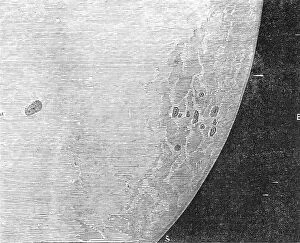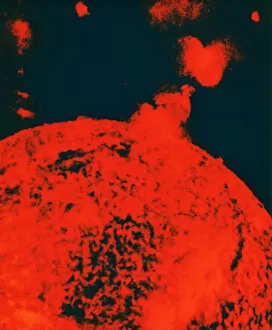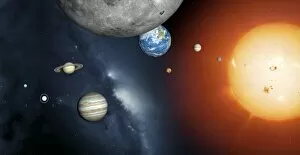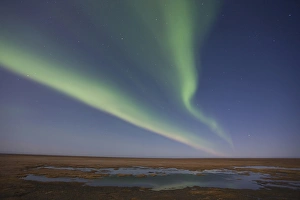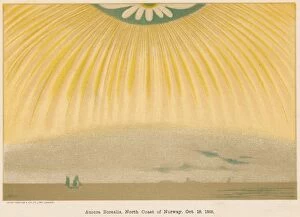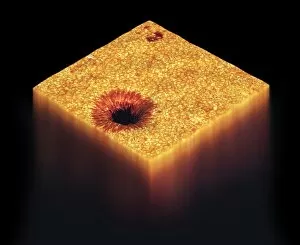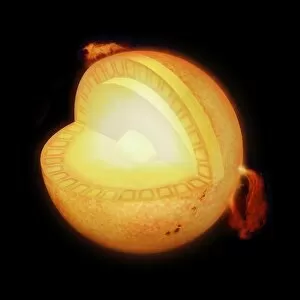Sunspot Collection
"Unveiling the Mysteries of the Sun: A Journey through Time and Space" In 1859, a monumental event occurred in our solar system
All Professionally Made to Order for Quick Shipping
"Unveiling the Mysteries of the Sun: A Journey through Time and Space" In 1859, a monumental event occurred in our solar system. Known as Carrington's flare, this powerful solar eruption captivated astronomers and ignited their curiosity about sunspots. These enigmatic phenomena have long fascinated scientists, artists, and observers alike. One such artist was Albert Bierstadt, who captured the ethereal beauty of "Sunspots in the Forest" on canvas in 1893. His painting depicts rays of sunlight piercing through dense foliage onto glaucous scorpion-vetch flowers below – a mesmerizing blend of nature's wonders. Centuries before Bierstadt's masterpiece, Christopher Scheiner presented his groundbreaking illustration of the sun's surface in 1635. This visionary work laid the foundation for understanding sunspots' intricate patterns and dynamics showcased further in his renowned publication "Rosa Ursina. " Galileo Galilei also made significant contributions to our knowledge of sunspots during his observations in 1613. The artist within him beautifully depicted these celestial features that forever changed our perception of our closest star. Fast forward to modern times when advanced technology allows us to witness breathtaking images like an X-ray image capturing a solar flare or stunning photographs showcasing both sunspots and solar prominences from 1973. Even today, George Ellery Hale's dedication to studying these captivating phenomena remains unparalleled. In a photograph taken in 1907, we see him intently observing sunspots with unwavering passion – a testament to humanity's ceaseless quest for knowledge. Beyond scientific fascination lies another awe-inspiring spectacle - curtains of colored northern lights dancing across the night sky over Corporation Pier. Even as it stands as a shadow of its former self, this iconic location still serves as a popular gathering spot for those seeking solace under nature’s radiant light show.


